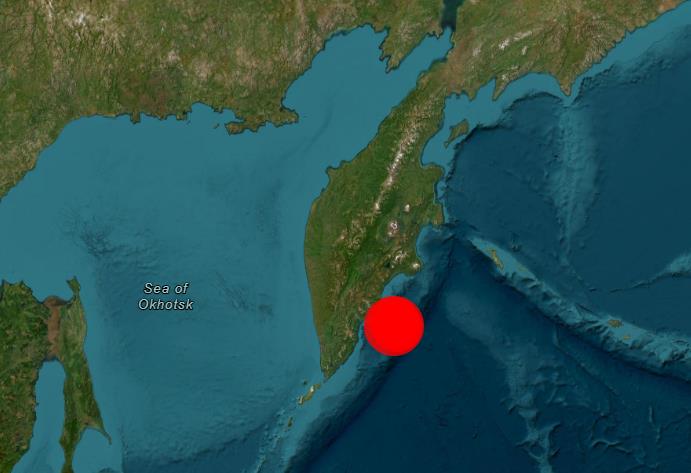
Introduction
On 22 October 2023, a significant earthquake struck the eastern coastline of Russia, prompting authorities to issue a tsunami warning. The tremor, recorded at a magnitude of 6.8, occurred off the coast of the Kamchatka Peninsula, an area known for its seismic activity. This event underscores the vulnerabilities that coastal regions face in the wake of natural disasters and highlights the importance of timely warnings and preparedness for such occurrences.
The Earthquake Details
The earthquake was recorded by the Sakhalin Tsunami Warning Centre at 15:32 local time. Its epicentre was located approximately 50 kilometres southwest of Petropavlovsk-Kamchatsky, the largest city in the region. Witnesses reported strong shaking that caused some structures to sway, but fortunately, initial reports indicated no significant damage or injuries. The Kamchatka Peninsula is home to several volcanoes and has a history of earthquakes, but a tsunami warning can escalate fears, given the potential risks to coastal populations.
Tsunami Warning Issued
The Russian Federal Service for Hydrometeorology and Environmental Monitoring reacted swiftly by issuing a tsunami warning that urged residents to move to higher ground. The warning extended for several hours as authorities monitored the situation closely. Tsunami waves were initially predicted to reach heights of up to 1 metre. However, as seismic experts assessed the data, they later downgraded the warning, stating that the tsunami risk had diminished. Evacuations were orderly, and emergency services were on high alert, ready to assist if the situation escalated.
Impact and Preparedness
The incident has reignited discussions about disaster preparedness in seismic-prone regions. Local governments are being urged to review and enhance their response protocols for such occurrences. Tsunami drills and educational campaigns for residents about the significance of tsunami warnings and the actions they should take are crucial. Experts stress that having a well-prepared community can significantly reduce risks and save lives during natural disasters.
Conclusion
The recent earthquake and subsequent tsunami warning in Russia serve as a reminder of the natural hazards that affect coastal communities. Although the immediate threat has passed with minimal damage, the event highlights the ongoing need for effective disaster management strategies. As scientists continue to study the seismic activities in the region, authorities, and communities must remain vigilant and committed to improving preparedness measures. Future predictions indicate that seismic activity will remain a part of life in these areas, making the importance of a proactive approach indispensable for safety and resilience.
You may also like

Key Developments and Current Events in Iran

The Darkness: Current Events and Musical Journey
